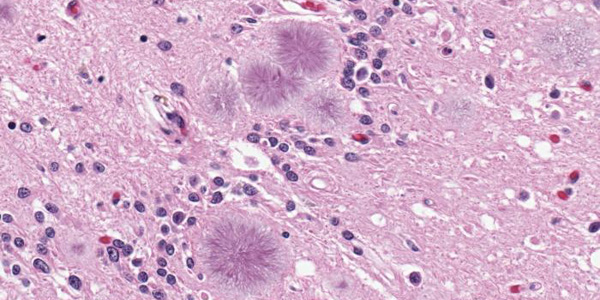
Project Overview
The California Creutzfeldt-Jakob Disease (CJD) Surveillance Project, in collaboration with CDC and the California Department of Public Health (CDPH), conducts enhanced surveillance for CJD, variant CJD (vCJD), and other Transmissible Spongiform Encephalopathies (TSE) in the state of California. As of June 2007 CDPH added TSEs, including CJD, to the list of reportable diseases. We support these surveillance efforts, with additional follow up on cases afflicting patients less than 55 years old.
Case Definition
A definitive diagnosis of a TSE can only be made by neuropathological examination of brain tissue obtained through biopsy or autopsy. Although CJD may be suspected on the basis of clinical symptoms and the results of other diagnostic tests, none are confirmatory. CDPH uses CDC’s case definition for definite, probable, and possible CJD cases – https://www.cdc.gov/creutzfeldt-jakob/hcp/clinical-overview/diagnosis.html
Project Goals:
- Review CJD epidemiologic data to learn more about these illnesses, monitor trends and detect novel forms of disease or transmission
- Monitor ongoing CJD testing in collaboration with the National Prion Disease Pathology Surveillance Center (NPDPSC) at Case Western Reserve University and the CDC
- Support CDPH reporting efforts
- Review clinical and neuropathology records in persons younger than 55 years-old with symptoms and test results suggestive of CJD
- Contact medical providers and public health officials in cases with possible environmental or unusual sources of infection
- Be an educational resource for clinicians, local health jurisdictions, and communities in California
- Improve the accuracy of diagnoses through increased autopsy and biopsy rates in cases of suspected TSE in California
